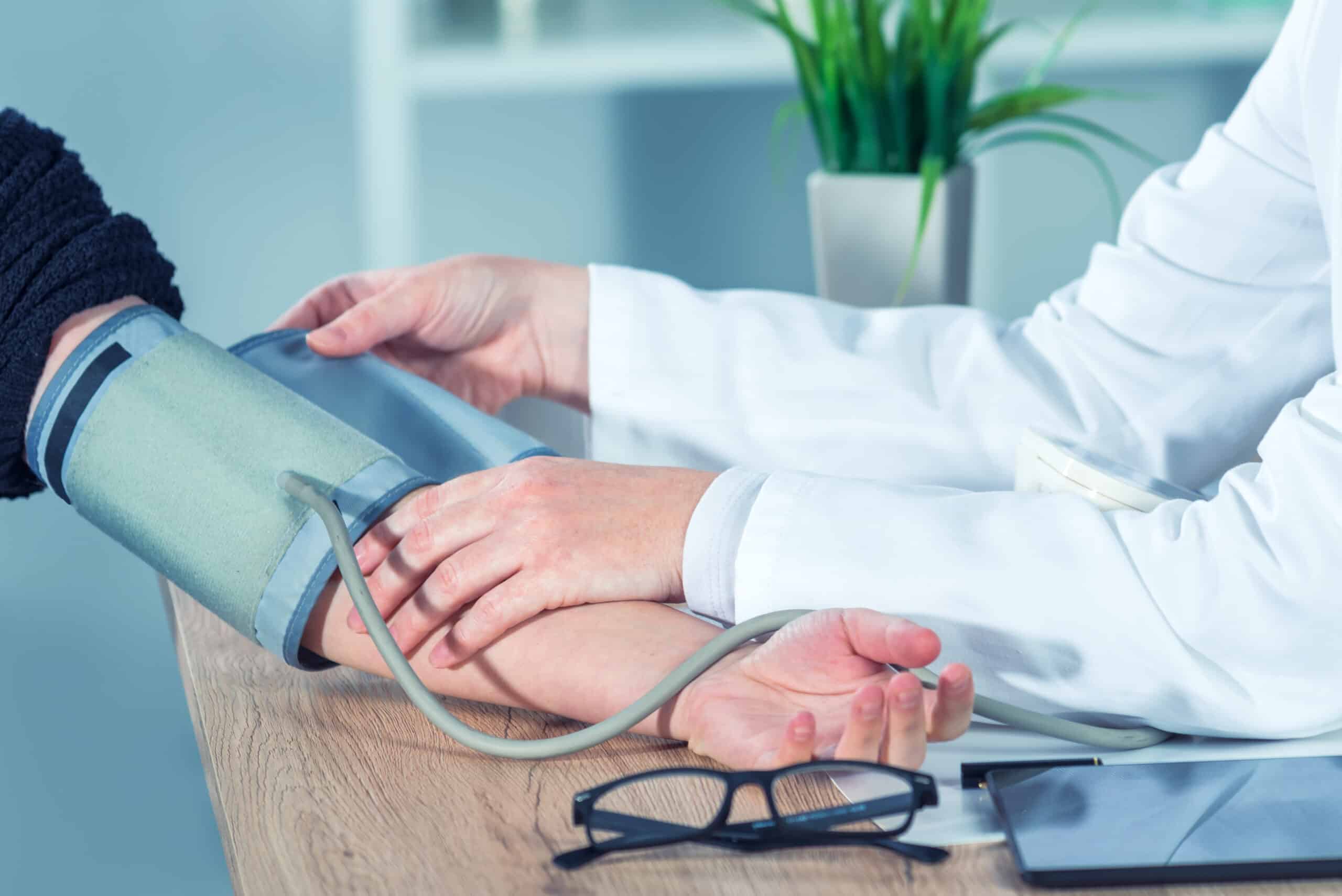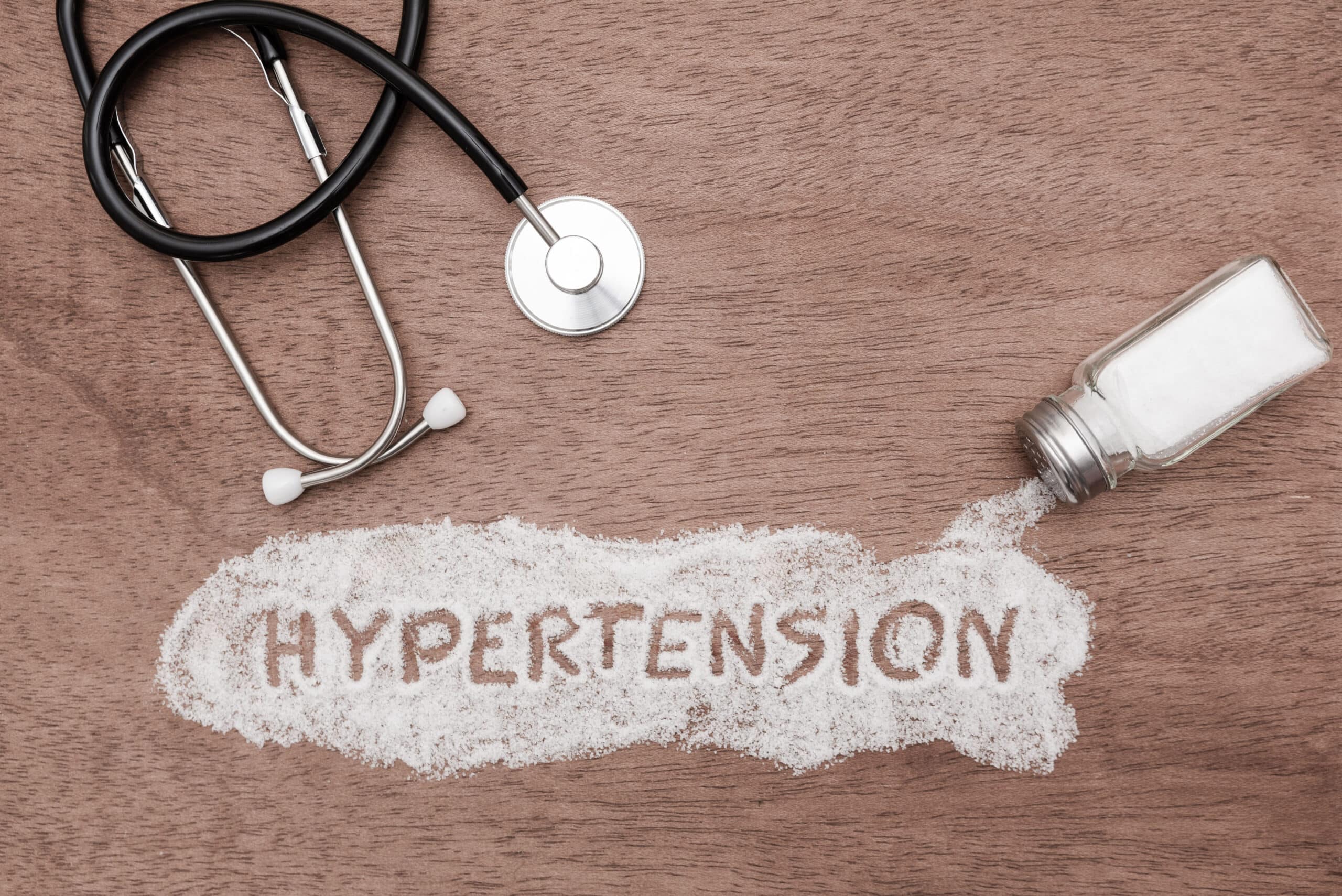American Medical Association (AMA) got together with the AHA to update their guidelines on high blood pressure with 5 big things you need to know.
What are the new blood pressure updates?
More than 115 million Americans have high blood pressure. High blood pressure or the “silent killer,” left uncontrolled causes heart attacks, strokes, kidney disease and heart failure. The AMA has worked closely with the American Heart Association (AHA) to increase awareness of the newer guidelines including a target blood pressure of a systolic (top reading) and diastolic (bottom reading) of <130/80 and ideally <120/70 for greatest health benefits.
To get to a target of 120/70 or less requires important lifestyle modifications and likely the addition of a blood pressure lowering medication. The use of blood pressure medications continues to rise in response to tighter blood pressure control guidelines with over 60 % of Americans with high blood pressure reporting taking medications says a recent survey.
When to start blood pressure medications?
#1: The new guidelines say if your blood pressure is higher than 140/90 (Stage 2 high blood pressure) to get started with lifestyle changes plus a medication. The medication your doctor prescribed will be based on what is right for you and your other medical conditions and may include a diuretic or water pill.
If your blood pressure is less than 140/90 (Stage 1 high blood pressure) without risk factors like diabetes or kidney disease no medications may be needed, and lifestyle changes alone may get you to goal. Lifestyle changes include a low salt diet, weight loss if needed, and moderate exercise.
Moderate exercise choices are brisk walking for 30 minutes 5 to 6 days a week at a pace that raises your heart rate but allows you to still hold conversation. Yoga is another great option for 30 minutes 2 to 3 times a week that includes gentle movement and stress reduction. Light resistance training with dumbbells or using your own body weight for resistance training 2 to 3 times a week can also lower blood pressure.
Blood pressure and dementia are they linked?
#2: New studies tell us that high blood pressure is now linked to dementia. An estimated 50 % of people over the age of 85 will have some form of dementia. Dementia is a condition that effects your brain and how you process information and thoughts. It negatively impacts memory, reasoning, and can change your personality.
Lowering blood pressure cuts dementia risk. Getting with the new guidelines of a blood pressure goal of <130/80 and even lower cuts the chances of getting dementia by 20 %. However, this may not be possible in some frail elderly adults where blood pressure of 140 or less may be a more realistic goal as at lower levels may increase the risk of falls or lightheadedness. The best blood pressure goal for you should take into consideration your overall health and be a shared decision between you and your health care provider however if well controlled can be a strategy to battle dementia.
Any new testing for people with high pressure?
#3: Anyone with a new diagnosis of high blood pressure should now have urine testing done. The reason is that high blood pressure is the 2nd leading cause of kidney disease and urine testing may identify kidney disease sooner. It’s now recommended to have urine testing done by a simple urine dipstick collected at your doctor’s office or lab. It’s called an “albumin to creatinine ratio,” and tests the amount of protein or albumin leaking out from the kidneys.
If there is too much albumin (above 30 mg a day) spilling into the urine, it’s a signal of early kidney damage and needs to be stopped. It can be stopped by lowering the blood pressure to 120/70 or less for best results. The choice of blood pressure medications is important as certain classes of medications (such as angiotensin-converting enzyme inhibitors or ACE inhibitors) work better than others by increasing the blood flow to the kidney and stopping the protein leak.
New guidelines on diet and salt intake?
#4: Diet and salt intake is a big part of high blood pressure control. Salt (sodium chloride) raises blood pressure so important to limit the amount of salt in our diets. The average American consumes 3,400 mg of salt each day with the American Heart Association recommending 1,500 mg for people with high blood pressure.
Most salt in our diet comes from the saltshaker, processed foods, and eating out in restaurants. For example, a McDonald’s Big Mac has 1,000 mg of salt compared to a McDonald’s plain hamburger with 320 to 520 mg of salt depending on the toppings. Another example is salsa purchased at the supermarket with the amount of salt varying from 20 % of our daily allowance to 6 % depending on the brand.
Tips for better health in addition to reading labels is choosing “low salt” options especially if eating out, avoiding high salt foods like processed meats and cold cuts, and consider reducing or opting out of common foods like bread from our diets. Bread is considered moderate in sodium or salt content but can add up in a big way if eaten in higher amounts.
Unless you have kidney problems consider swapping out the table saltshaker for other “salt substitutes,” like potassium substitutes. Potassium substitutes and a higher potassium diet can yield its own health benefits by lowering blood pressure. A diet rich in potassium foods can be a healthy option that includes avocados, melons, bananas, oranges, spinach and broccoli.
Should blood pressure be measured at home?
#5: The new guidelines say taking blood pressure at home with a home blood pressure device is a best practice. It’s important to bring your home blood pressure device to your next doctor’s appointment to be sure it’s the right device for you and to validate its readings. Check with www.validatebp.org for a list of approved home devices.
It’s important to take blood pressure at home not just for monitoring but can help identify “white coat high blood pressure,” where blood pressure spikes in the doctor’s office but not at home. “Masked high blood pressure,” is where the reverse happens with high blood pressure spikes at home instead of at the doctor’s office. This is important to identify as can impact 30 % of people with true high blood pressure that might otherwise be missed with clues of undiagnosed high blood including headaches at home, or unexplained heart disease.
Tips on taking blood pressure at home is to start with a reliable blood pressure device says the American Medical Association as certain devices can be off by at least 5 points, avoid caffeine, exercise and smoking at least 30 minutes before each reading, testing your blood pressure once a day (repeated 3 times for accuracy 5 minutes apart), and keeping your legs uncrossed while resting your arm at heart level for best results.
Thoughts on new blood pressure updates?
The American Medical Association in concert with the American Heart Association wants to increase high blood pressure awareness especially in the face of an epidemic rise in the number of people with high blood pressure as is a leading cause of heart disease, stroke, kidney disease-and now dementia.
The 5 new updates in keeping with the guidelines is a target blood pressure at 120/70 or less for all adults except for pregnant women and some elderly patients, measuring blood pressure at home using an approved device, lower salt and higher potassium intake, urine testing at the first sign of high blood pressure, and recognizing the new link between high blood pressure and dementia.
If you have any questions AskDoctorH, we are here to help.




 Have Questions? AskDoctorH
Have Questions? AskDoctorH